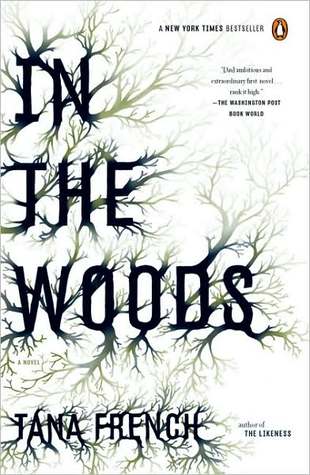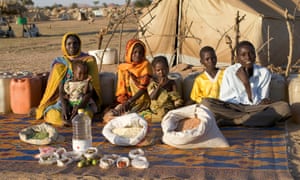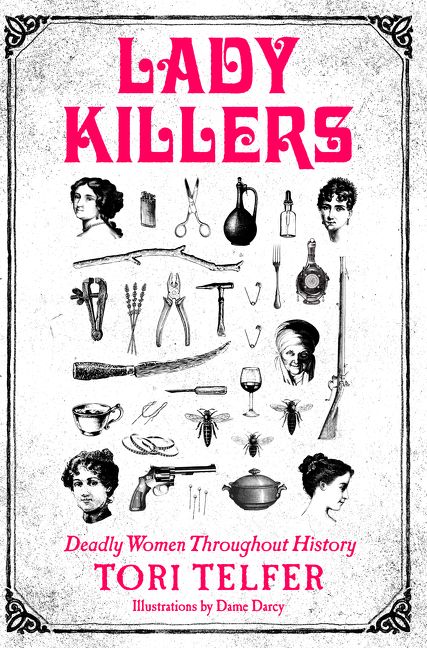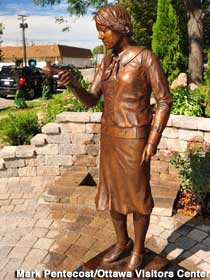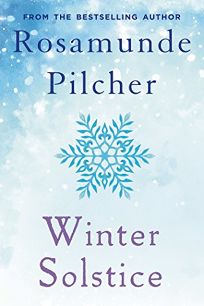Mariage Frères :
The French Art of Tea is part history of the Mariage Frères Tea Company and
part catalogue of their teas.
Tea first became
popular in France during the reign of Louis XIV. In the 1660s, Nicolas Mariage
embarked on several voyages to Persia, the East Indies and the Moghul Empire as
part of an envoy sent by Louis XIV and the French East India Company. Nicolas’
brother travelled to Madagascar with the same company. In the 18th century,
Jean-Francois Mariage was still trading in tea. In 1854, Henri and Edouard, grandsons
of Jean-Francois, founded the Mariage Frères Tea Company on June 1st.
The name has been and still is synonymous with the highest quality teas.
The descriptions
of various teas from around the world and the teas sold by Mariage Frères is a
catalogue of superlatives, some of them exaggeratingly hilarious. Teas are
described as “precious”, “charismatic”, “most civilized”, “paradise”, or even “evidence
of a peerless marriage.”
I do love the fact
that there are teas for every taste and occasion. These are teas I want to try:
T221 Lung Ching or
Dragon’s Well “Produced on the summits of the Tieh Mu Mountain chain near the
western lake of Hangzhow in Zheigang. The garden boasts white sandy soil and a
perfect climate for growing tea. Lunch Ching’s liquor resembles liquid jade,
and has a delicious aroma that fills the palate with a delicate fragrance. An
ideal tea while reading” (41).
T227 Long Zhong
Cui Lu “A tea of fine pedigree, with an orange-yellow liquor and highly
pronounced aroma. A subtle tea, appropriate when curling up with a book” (42).
A white Darjeeling tea with a description too
great to miss
T144 Neige de jade
“‘Jade Snow’ was conceived like a precious work of art on the Arya estate in
Darjeeling. It is a unique white tea from the land of the finest black teas—the
leaves, plucked as dawn, are carefully spread in the sweet morning air, then
each leaf is wrapped in silk cloth and rolled by hand, and finally placed in
gentle sunlight. The crystalline liquor yields a refined taste of young growth
with overtones of white flowers. The subtle fragrances of this grand tea last
long in the mouth, whispering of rare pleasures” (63).
The name of this
next tea immediately called to mind Agatha Christie and Poirot
T955 Thé sur le
Nil « A whiff of adventure: this blend will take you to the ends of the
world, where the thoughts of enchanted voyagers dwell. Citrus fruit from
forgotten lands and refined spices wonderfully scent this fine green tea. A flight
of fancy—a timeless tea” (102).
And lastly,
T962 Thé des
Impressionnistes “In the wild, rocky, maritime region of Provence in southern
France, nature’s shimmering colours create rare and intense harmonies that
delighted Impressionist artists. This green tea, scented with mild spices and
white flowers, is also dotted with mauve flowers as a visual echo of the sizzling
and powerful; fragrance that fills the mouth. A colorful tea” (103).










